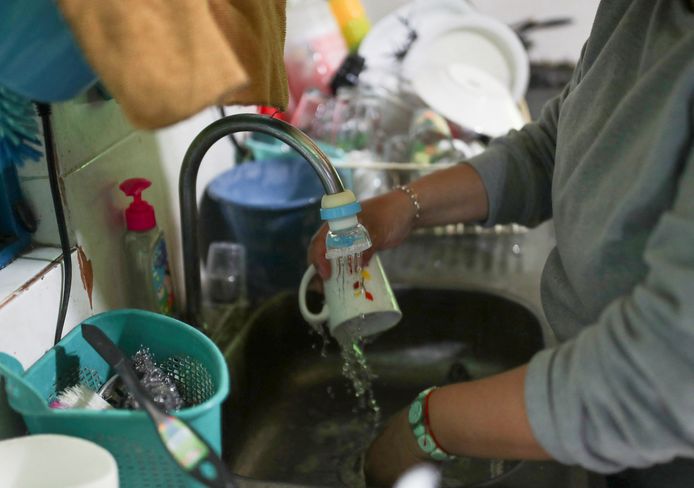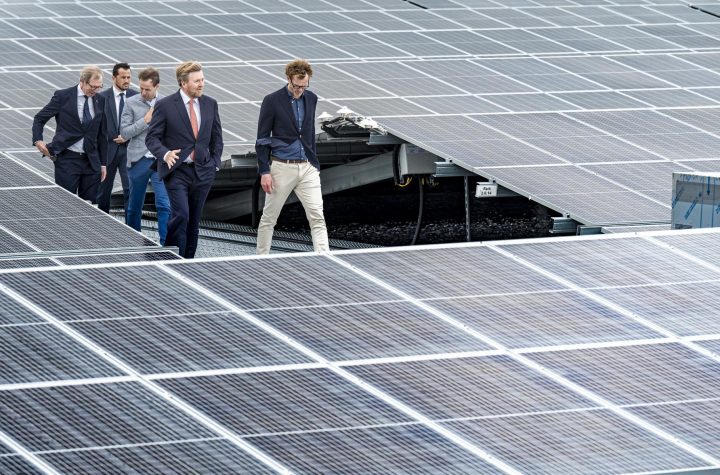Mexico City is one of the largest cities in the world with a population of approximately 22 million people. The area often suffered from water shortages, but things seem different now, according to Alejandro Gomez, a resident of the municipality of Tlalpan. He has not had good running water for more than three months. “It's hot here. It's worse now, and more complicated,” he told CNN. Some experts do not rule out that the city will run out of water within a few months.
Sometimes Alejandro Gomez gets a little water for an hour or two, other times none for entire days. It does not have a water tank, and the family obtains water that it uses for washing and flushing the toilet. “We need water,” he says. “It is essential for everything.”
The causes of Mexico City's serious water crisis are multiple. There is climate change, but geography, chaotic urban development, and leaky infrastructure also play a negative role. Water supplies, already under pressure, cannot meet growing demand due to years of abnormally low rainfall, longer periods of drought and higher temperatures. The government has already been forced to impose serious restrictions on pumping water from reservoirs.
“Many neighborhoods have been suffering from water shortages for weeks, and it will take another four months before the rains start,” Cristian Dominguez Sarmiento, a scientist at the National Autonomous University of Mexico (UNAM), told CNN. The government does not want to talk about a crisis, but some experts fear that Mexico City is on its way to “Day Zero,” a day when water will no longer flow from taps in large parts of the city. According to local media, this could happen on June 26 if there is not enough rain by then.
Bad location
Mexico City's location in the Mexio Valley 2.2 kilometers above sea level is far from ideal, “and may be one of the last places anyone would want to build a megacity today,” CNN writes. The place is sensitive to earthquakes and climate change. The city was built on soil rich in clay, and is now sinking into it at a rate of 20 centimeters annually. This is because 60% of Mexico City's water is pumped from the ground, where it is not replenished quickly enough. Rainwater drips off the city's impermeable roof instead of seeping into the ground.
The rest of the water is pumped from sources outside the city and directed upward, but inefficiently: about forty percent of the water is lost through leaks.
About sixty percent of the entire country is currently suffering from drought, and nearly ninety percent of Mexico City is suffering from severe drought. Because the rainy season is still long, the situation is likely to get worse.

Free unlimited access to Showbytes? Which can!
Log in or create an account and never miss a thing from the stars.

“Lifelong food practitioner. Zombie geek. Explorer. Reader. Subtly charming gamer. Entrepreneur. Devoted analyst.”










More Stories
Jordan and Egypt: Hamas cannot be eliminated, and the Israeli occupation is causing conflict
The rise of the Asian hornet
Britons are being warned of rising tourist phobia in Benidorm